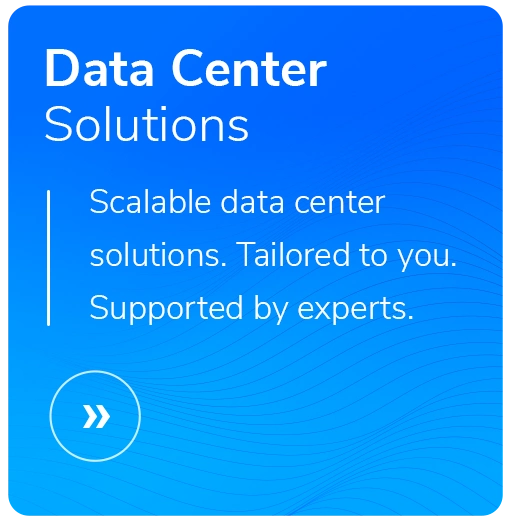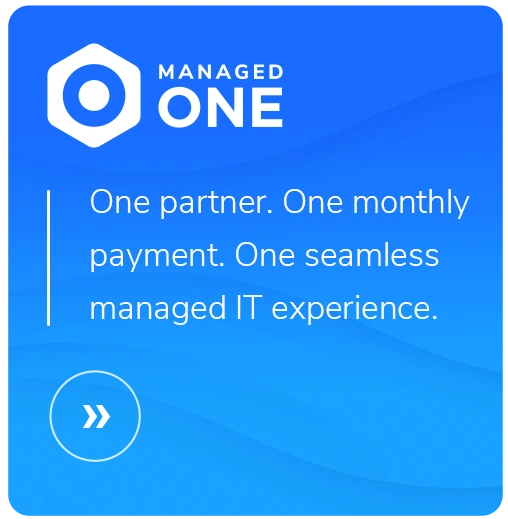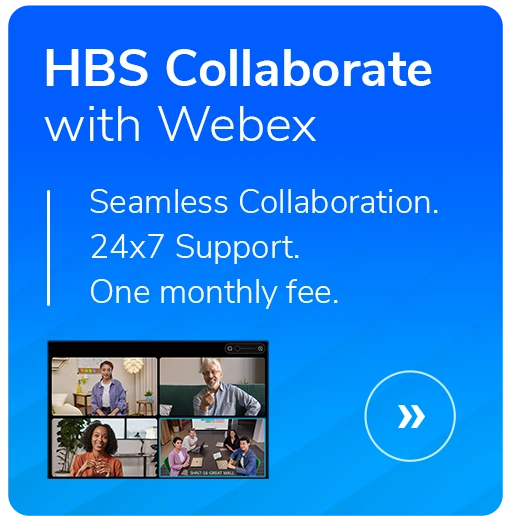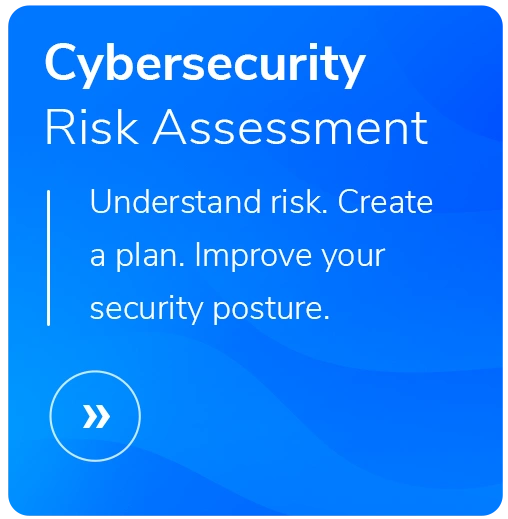IT Security Single Pane of Glass: Aspirational or Achievable?
- Reading Time: 5 mins
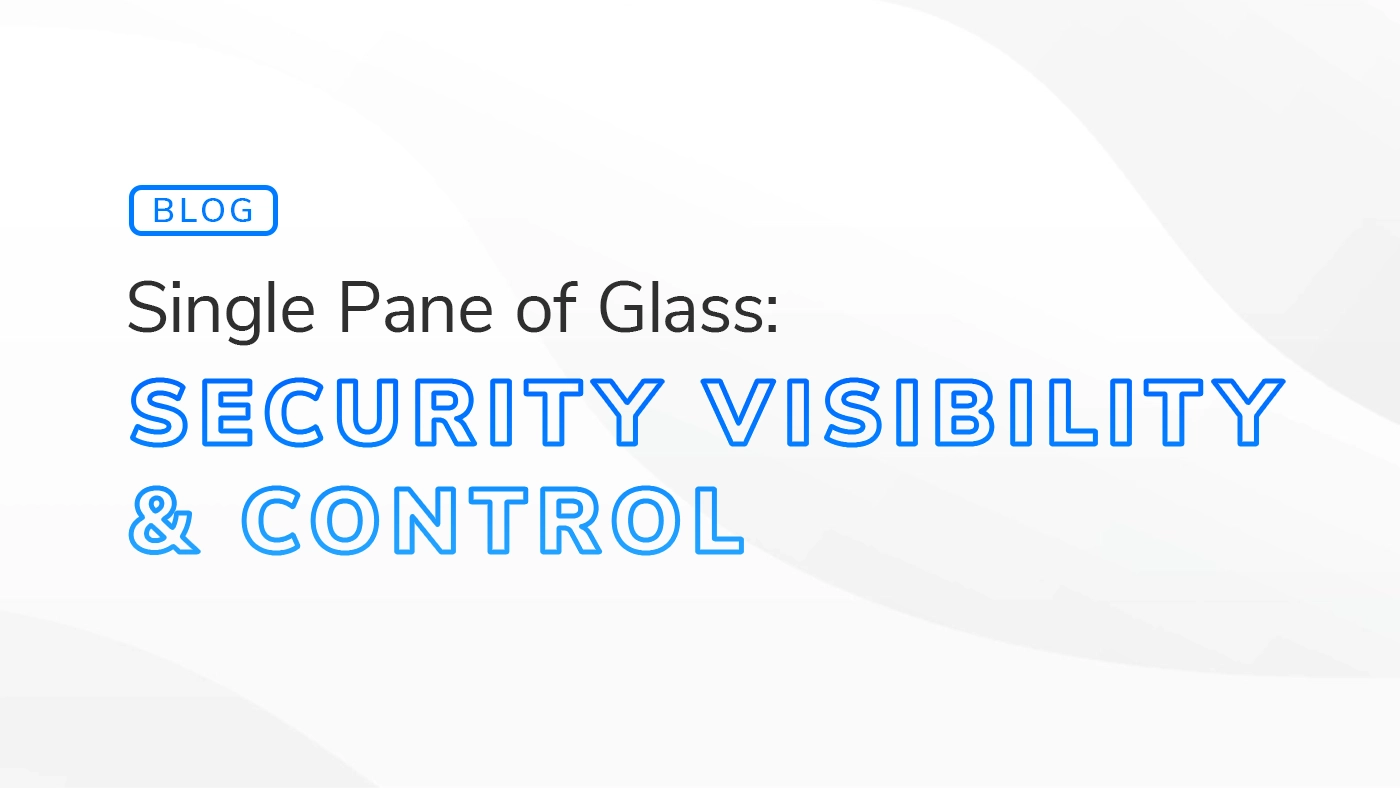
Imagine managing all your IT security needs through one dashboard—no switching between tools, no missed alerts, just complete visibility and control. That’s the promise of a single pane of glass (SPoG). But is it realistic, or just a cybersecurity pipe dream?
The short answer: a perfect single pane of glass might be out of reach, but there’s immense value in striving for one. By focusing on continuous improvement and smart integrations, organizations can come closer to this ideal while strengthening their overall security posture.
What Is a Single Pane of Glass?
At its core, a single pane of glass consolidates data, insights, and controls from various IT security tools into one unified dashboard. This concept aims to give security teams a complete view of their organization’s security posture in real time.
For example, an ideal SPoG might combine:
- Threat detection alerts from your SIEM system
- Firewall configurations and status updates
- Endpoint security metrics
- Compliance reports
- User access logs and identity management insights
Instead of jumping between separate tools to piece together what’s happening, a SPoG enables faster, more informed decision-making—at least in theory.
Why Organizations Pursue a Single Pane of Glass
The allure of a single pane of glass is obvious. Who wouldn’t want a clearer, more efficient way to manage IT security?
- Better Visibility: Seeing all critical information in one place reduces blind spots and gives a more accurate picture of what’s happening across your environment.
- Faster Responses: With all your tools speaking to one another, you can identify and act on threats more quickly.
- Simplified Operations: Security teams save time by accessing data from one interface rather than juggling multiple systems.
- Cost Control: Reducing redundant tools and integrating platforms more effectively can lead to savings over time.
The Challenges of a True Single Pane of Glass
- Integration Complexity: Security environments are often built with tools from multiple vendors. Proprietary protocols and legacy systems make integration challenging.
- Data Overload: Consolidating data from every tool can overwhelm dashboards, making it difficult to prioritize critical alerts.
- Vendor Lock-In: Many vendors restrict system cooperation, limiting the ability to build a unified view.
- Adapting to Change: Evolving threats and new tools require agility to avoid creating new gaps.
- Cost and Resources: Building and maintaining SPoG integrations demand significant investments in tools and skilled personnel.
How Close Can We Get to a Single Pane of Glass?
A perfect SPoG might not be achievable for most, but organizations can get closer with the right approach. Here’s what’s possible:
- Unified Dashboards for Core Functions: Modern platforms like SIEMs or XDRs integrate key tools into a single interface, offering a partial SPoG for critical areas like threat detection and response.
- Prioritize Critical Tools: Focus on connecting tools that provide the greatest security value.
- Embrace a Hybrid Model: Centralize most security functions while maintaining specialized tools for unique needs.
- Adopt Cloud-Native Platforms: Cloud providers like Microsoft offer ecosystems combining many security features under one umbrella.
Steps Toward Continuous Improvement
- Assess Your Security Environment: Map out your current tools and identify gaps or redundancies.
- Prioritize Visibility: Integrate tools that address critical security needs like threat detection and identity management.
- Choose Interoperable Solutions: Opt for tools that support open standards and APIs for easier integration.
- Reduce Noise: Use filters and automation to prioritize actionable alerts.
- Monitor and Optimize Regularly: Continuously evaluate and adjust your SPoG as your organization evolves.
The Value of a Managed Services Partner
With a managed services partner, much of your security is handled for you. You can free up valuable time, resources, and attention to focus on what truly matters: driving your organization’s mission forward.
A partner like HBS provides:
- Proactive Monitoring and Support: Ensuring your systems stay up and running without unexpected downtime.
- Expert Problem-Solving: Addressing IT security challenges before they disrupt your operations.
- Customized Solutions: Tailoring services to fit your organization’s unique needs and goals.
- Scalable Resources: Adapting to your growth without the need for in-house expansion.
Why Continuous Security Improvement Matters
A single pane of glass isn’t the ultimate goal—a fully mature security posture is the ultimate goal. Moving towards a SPoG is a stepping stone toward stronger, more adaptive security.
By focusing on continuous improvement, organizations can simplify processes, reduce vulnerabilities, and respond to threats faster.
Partnering with Experts
IT security experts specialize in helping organizations get closer to a single pane of glass while improving their overall security posture.
Whether it’s integrating tools, reducing noise, or optimizing workflows, HBS can help you progress toward a more unified and secure environment.
Contact HBS to learn how we can help you take the next step.
Related Content
Managed XDR
Enhance security with Managed XDR from HBS: 24x7x365 SOC support, leveraging Microsoft Sentinel & Defender for proactive, adaptive threat defense and response.
Your 2025 CISO Roadmap
Plan your organization’s cybersecurity for 2025 with an actionable roadmap. Quarterly milestones, best practices, and ongoing essentials to build resilience.
XDR, MDR and EDR: What’s the Difference?
Discover the key differences between XDR, MDR and EDR solutions so you can ensure that you’re using the right tools to secure your environment.

